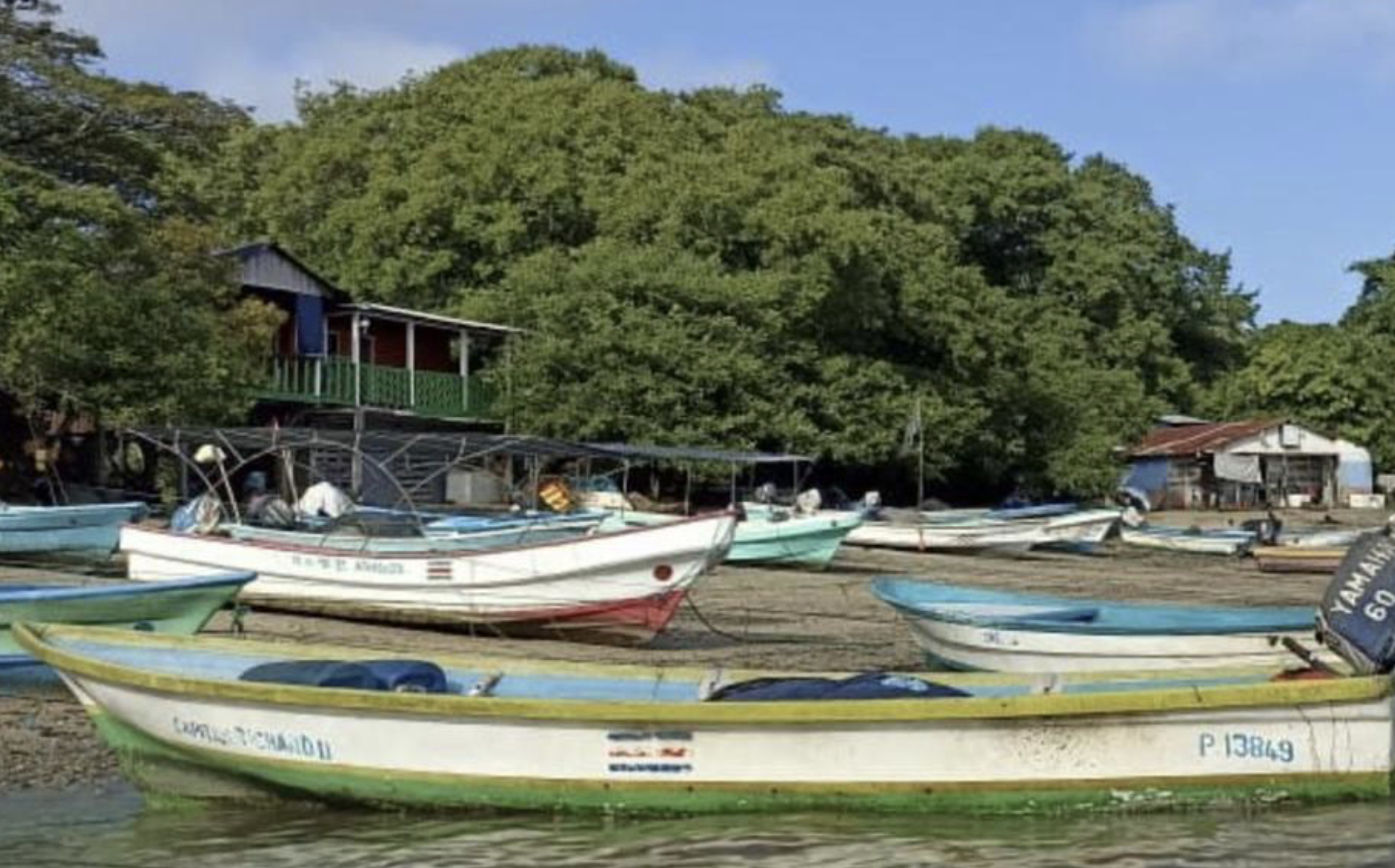Related

Dec 17,2024
Meredith Dank Awarded Additional Funding
to Improve Conditions for Migrating Ethiopian Domestic Workers
more on:
forced labor

Report
/ Jan 29,2024


As part of the Prevalence Reduction Innovation Forum (PRIF), a prevalence study was conducted on forced labor in Costa Rica’s fishing industry. Two estimation methods were used: (1) Multi-Stage Probability Proportional to Size (PPS) or Household Enrollment Sampling with a final N= 1,017, and (2) Multi-Wave Snowball or Link Tracing (LTS) Sampling with a final N= 1,009. Both sampling strategies produced similar findings in terms of target population size estimations and the prevalence of forced labor abuses among fishermen in Costa Rica. Both methodologies found forced labor, as defined by the PRIF common indicators, to affect roughly 1 out of every 5 fishermen in Costa Rica.
Both strategies were found to work well but provided largely discrepant estimates for the population size. It was found that a multistage sampling design is not best suited for estimating the size of a hidden domain of a population, such as the one in the context of this study. Both sampling strategies required a high level of planning and care to obtain efficient estimates, although one method was reported by field staff as far more cumbersome in field procedure and laborious in survey taking than the other. It is clear that the two strategies, PPS and LTS, reached into separate parts of the population and gave discrepant estimates on population size as well as some parts of the composition of the population. For this reason, we advocate the use of hybrid methodologies whenever feasible.
Please fill out the information below to receive our e-newsletter(s).
*Indicates required.